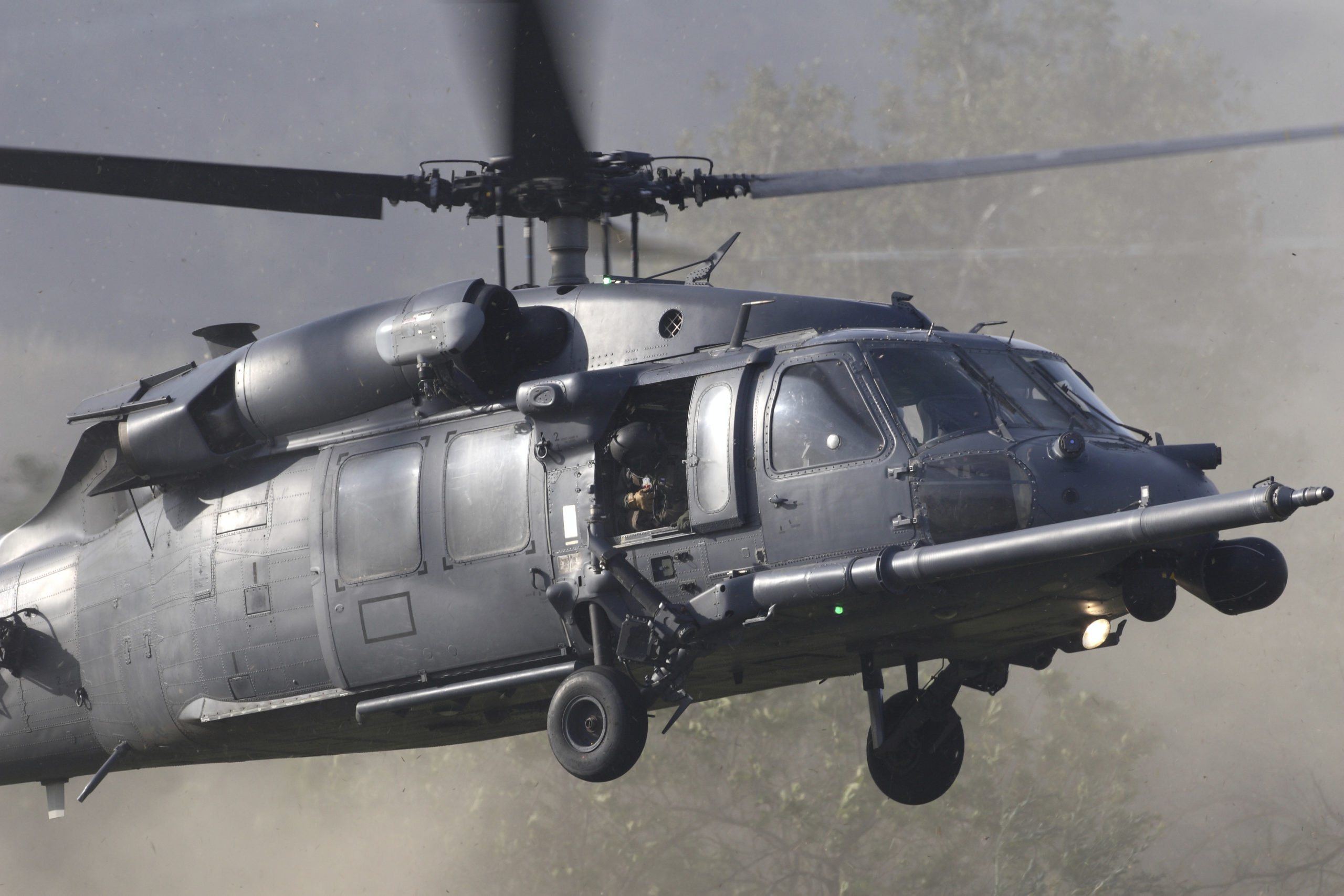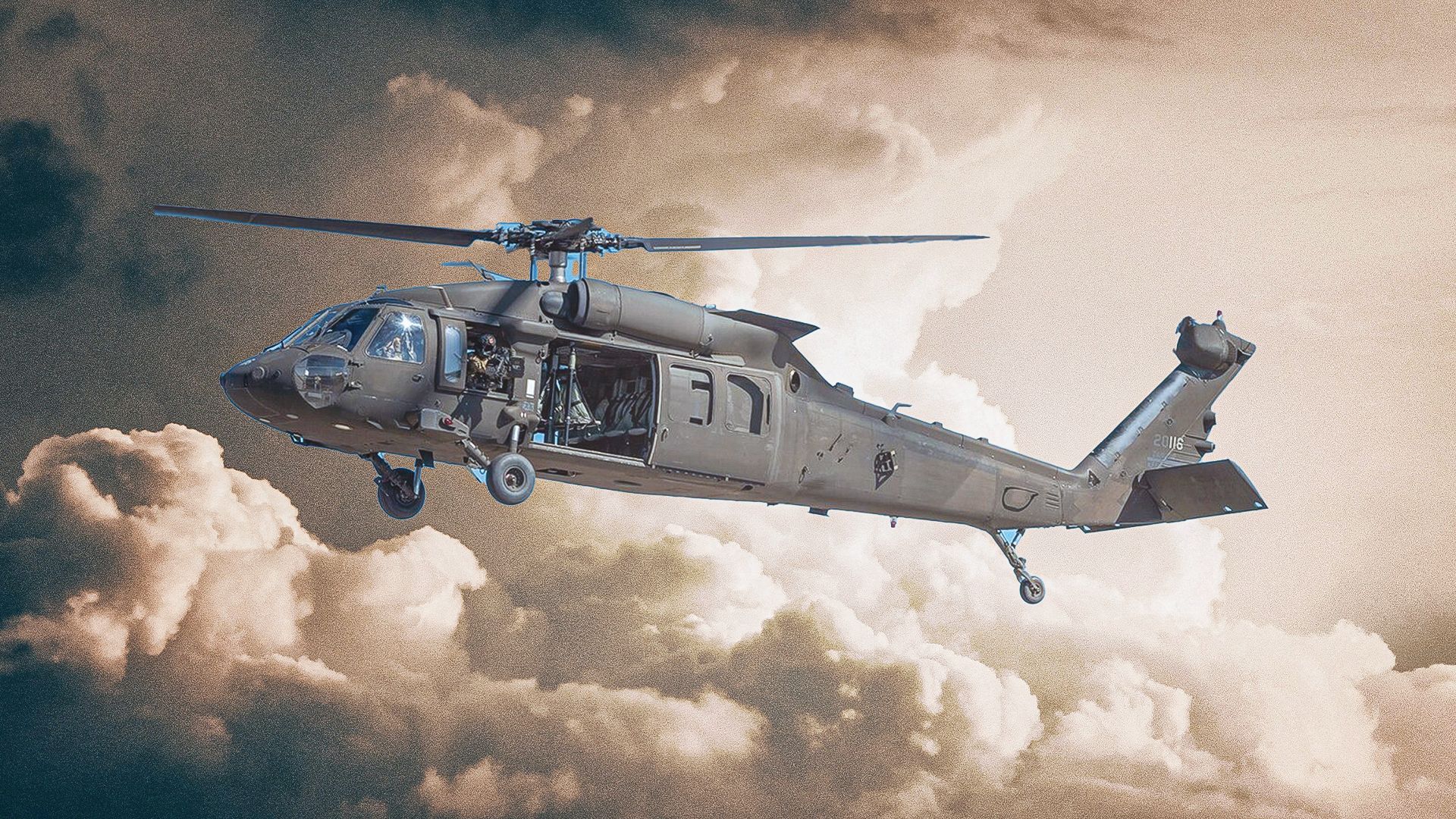UH 60 Black Hawk Helicopter: Enhancing Military Efficiency and Air Mobility
UH 60 Black Hawk Helicopter: Enhancing Military Efficiency and Air Mobility
Blog Article
Whatever You Need to Understand About the UH 60 Helicopter
The UH-60 helicopter, a foundation of United state Military aviation considering that its launching in 1979, represents an amazing mix of engineering and functional convenience. As military requirements progress, so also does the helicopter, with ongoing improvements intended at improving its abilities and incorporating modern-day technologies.
History of the UH-60
Developed in the late 1970s, the UH-60 Black Hawk helicopter emerged as a feedback to the U.S. Army's need for a versatile utility helicopter that might execute a variety of objectives under difficult problems. The incentive for its style was the shortcomings identified in the earlier helicopters made use of throughout the Vietnam Battle, specifically in regards to survivability, rate, and maneuverability.
The Black Hawk was developed by Sikorsky Aircraft, incorporating sophisticated technologies and materials to enhance its performance and resilience. It was formally introduced into service in 1979, promptly coming to be a crucial asset for army procedures - uh 60. Its capability to move soldiers, clinical emptying, and logistical support in both combat and altruistic objectives made the Black Hawk an invaluable part of the united state Army's aeronautics fleet
Throughout the years, the UH-60 has been continuously upgraded, adjusting to the altering nature of war and the advancing requirements of contemporary military procedures. Its operational background consists of involvement in major conflicts, peacekeeping missions, and calamity alleviation efforts, strengthening its credibility as a efficient and trustworthy helicopter in different settings worldwide.

Layout and Specs
The layout of the UH-60 Black Hawk helicopter continually shows a dedication to operational performance and flexibility. Developed by Sikorsky Aircraft, this medium-lift energy helicopter features a smooth, aerodynamic fuselage that boosts speed and ability to move. Its tandem blades system, defined by 2 counter-rotating blades, lessens vibration and increases lift capacity, allowing for much safer procedures in diverse environments.
The UH-60 is powered by two T700-GE-701C turboshaft engines, providing an optimum rate of approximately 180 knots and a series of around 400 nautical miles. Its robust airframe is built from innovative composite materials, making certain sturdiness while keeping a reasonably low weight. The helicopter has a maximum gross weight of about 22,000 extra pounds, supporting a versatile payload setup.

Roles and Objectives
A functional platform, the UH-60 Black Hawk helicopter offers a multitude of functions and missions within army operations. Developed mainly for army transportation, it can lugging up to 11 soldiers, making it a necessary asset for rapid implementation and logistical assistance.
Along with troop transport, the UH-60 stands out in clinical evacuation (MEDEVAC) goals, geared up with sophisticated clinical tools to provide vital treatment throughout transit. Its capability to run in varied environments enhances its performance in battle search and rescue (CSAR) procedures, where swift removal of personnel is vital.
The helicopter also plays a considerable role in reconnaissance and monitoring objectives, making use of onboard sensing units and tools to debrief. Its flexibility extends to logistical support, capable wikipedia reference of transporting materials and devices to ahead operating bases.
In combat operations, the UH-60 can be furnished with numerous tool systems, allowing it to provide close air assistance. Its multi-role capacity makes the Black Hawk an indispensable tool for modern army pressures, adapting seamlessly to the evolving needs of field of battle situations and guaranteeing mission success throughout a series of operational contexts.
Efficiency and Capacities
Recognized for its robust efficiency, the UH-60 Black Hawk helicopter boasts impressive capacities that improve its operational performance across numerous objectives. uh 60. This multi-role aircraft is outfitted with powerful twin-engine Turbomeca Arriel 1D1 engines, providing extraordinary rate and ability to move, with a maximum cruise ship rate of around 150 knots and a functional array of around 400 nautical miles
The Black Hawk's advanced avionics and fly-by-wire control systems dramatically improve trip safety and handling, permitting it to operate in varied environments, including best site adverse weather condition problems. Its adaptability is more exemplified by its capacity to carry approximately 11 fully furnished soldiers or a haul of approximately 8,000 extra pounds, making it perfect for army transport, medical emptying, and logistical assistance missions.
Furthermore, the UH-60 is made for survivability, featuring strengthened airframes, ballistic defense for staff and passengers, and advanced countermeasure systems to avert threats. The helicopter's agility and speed, integrated with its ability for rapid implementation, make it an important asset in contemporary army procedures, guaranteeing that it continues to be a crucial element of tactical air support and field of battle flexibility.
Future Advancement

One significant emphasis is the combination of advanced avionics systems, which will certainly improve situational recognition with enhanced navigating and communication abilities. This includes the possible use expert system to assist pilots in decision-making and objective preparation.
In addition, future variants might incorporate sophisticated materials and layout features to strengthen the helicopter's toughness and decrease its radar trademark, boosting survivability in objected to settings.
The introduction of hybrid-electric propulsion systems is likewise imminent, aiming to enhance gas efficiency and minimize logistical burdens. Such improvements can extend operational array and reduce the helicopter's environmental impact.

Conclusion
The UH-60 helicopter represents a considerable innovation in military aeronautics considering that its introduction in 1979. Its durable style, versatile capabilities, and continual upgrades ensure its importance in different operational duties, including army transport and clinical emptying. As technology proceeds, future growths will likely boost its performance via the combination of expert system and hybrid-electric systems. The UH-60's enduring existence highlights its important duty in contemporary armed forces procedures and highlights the ongoing advancement of military aeronautics technology.
The UH-60 helicopter, a foundation of United state Army aeronautics because its launching in 1979, represents an exceptional blend of engineering and functional versatility. As military demands develop, so also does the helicopter, with continuous advancements intended at enhancing its capacities and integrating modern innovations.The layout of the UH-60 look at this web-site Black Hawk helicopter continually shows a dedication to operational performance and versatility. Established by Sikorsky Airplane, this medium-lift energy helicopter includes a streamlined, wind resistant body that boosts rate and ability to move.The UH-60 helicopter stands for a significant advancement in military aviation because its introduction in 1979.
Report this page